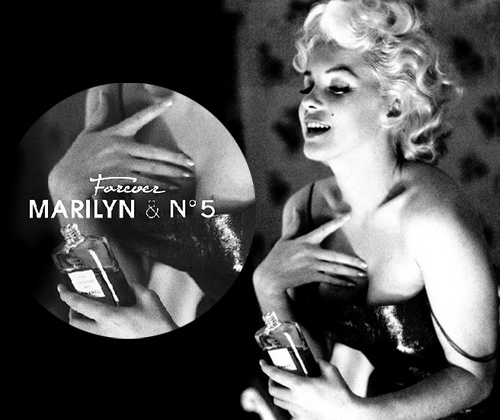Perfume advertising has always been in a special place in modern marketing culture, especially in terms of the gendered elements it displays. As a luxury product, perfume advertising is not just about promoting a scent, but more about conveying a certain lifestyle, a gender role, or even a latent desire. The appeal of perfume advertisements often relies on a visual language that skillfully shapes the viewer’s fantasies and expectations through the camera, light and shadow, clothing and character poses. Underneath it all, perfume advertisements often objectify and sexualize women through the lens of the Male Gaze, where women are often portrayed as objects of male desire.

The term “male gaze” was first coined by feminist scholar Laura Mulvey in her famous essay “Visual Pleasure and Film Narrative”. She argues that film and television productions and advertisements often portray female characters through a male perspective, and that women are often objectified in these presentations as projections of male desire. Perfume advertisements are a prime example of this, as these advertisements capture the attention of male viewers by showing women as sexy, soft and mysterious.
At the heart of perfume advertisements is often seduction, not only in the perfume itself, but also in the space of desire created by the advertisement. Women are usually portrayed in these ads as an unapproachable ideal, both mysterious and sexy. Their very existence seems to evoke desire in the viewer. These women are usually portrayed with perfect looks, slender figures, and often provocative eyes, all of which convey the message that women exist, especially in perfume advertisements, to be “gazed at” and “possessed” by men. and to be “gazed at” and “possessed” by men, especially in perfume advertising.


Hi! I very like your example about Marilyn MonroeÔÇÖs classic advertisement. She is definitely the symbol of time, it means that male gaze exits a long time ago. Laura Mulvey directly commented that the characters of women portrayed by men on screen are objects and desires. Such advertisements or TV dramas subtly influence the world, as if they should only be about beauty and desire. Is that really the case? Women have their own absolute soul and thoughts. In a word, I like the example of perfume advertisement you quoted, which directly interprets the women in the advertisement from the male gaze.
I really like the example you have chosen about Marilyn Monroe, she is truly an icon and a great person of time. It means that the male gaze was used quite frequently at the time and was just never really justified. As Laura stated that that the portray of women is via objectification and desire of lust to the male audience. In the modern era women are more than just men to just look pretty for their lustrous bodies. Truly a great and unique example to look at when discussing about the male gaze on advertisements.
Hello, you have used a very specific example of Monroe and I believe this is an articulate article regarding the male gaze. Objectification of women , especially when it comes to commodities is very common in the media, and they are instrumental in promoting some of the major brands we have today. Most of the advertisements position women as the object of male desire, and Marilyn Monroe is an important example of how objectification and commercialization can be used to promote some brands. It is clear from the picture that her physical features are the center of attraction in this picture and this underscores the passive role that women sometimes have to play in the media landscape as noted by Laura Mulvey.
Your insights regarding Monroe and the objectification of women are quite perceptive. The representation of women as commodities is pervasive in the media and significantly promotes many of todayÔÇÖs leading brands.To appeal to male consumers, the advertising industry often utilizes women’s bodies and suggestive images to capture attention and associate women with products for sale.
Perfume advertisements usually create visually stunning publicity effects, but many advertisements continue gender stereotypes, objectifying women as symbols of desire. Personally, I appreciate the artistic elements in this type of advertisement, such as their use of light, color, and storytelling, but I believe there is still room for improvement. These advertisements can showcase women as confident protagonists rather than passive subjects.
For example, Chanel’s Marilyn Monroe advertisement is an iconic advertisement, but it heavily relies on male gaze. Incorporating representative figures of different genders and redefining sexiness as self-expression rather than temptation to others can make such advertisements more inclusive and infectious. Your sharp and clear analysis of men’s eyes in perfume advertisements reflects your profound understanding of these trends. This is a thoughtful and insightful viewpoint!